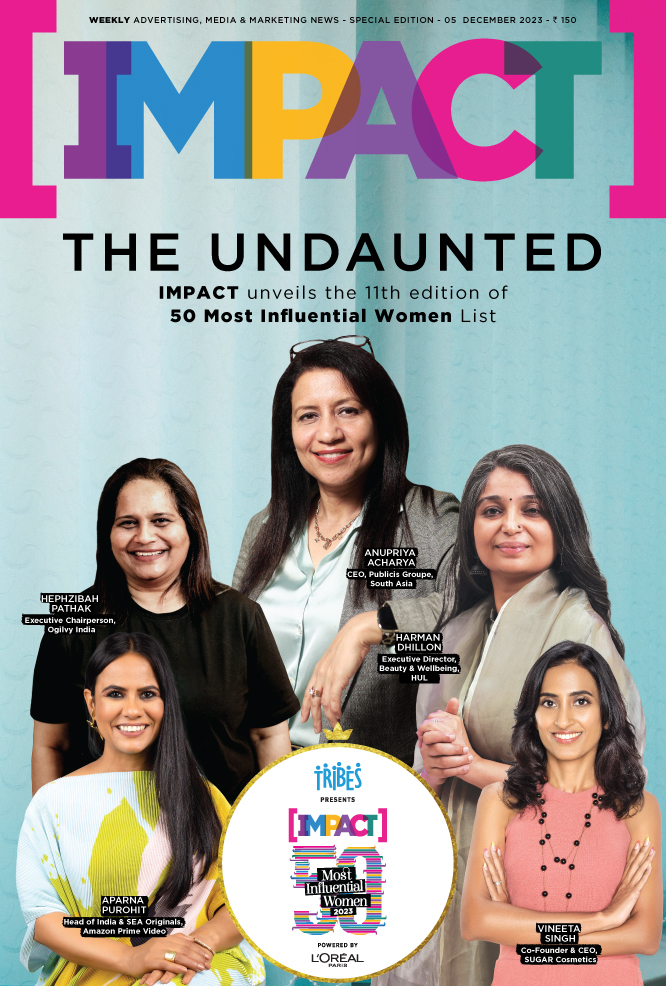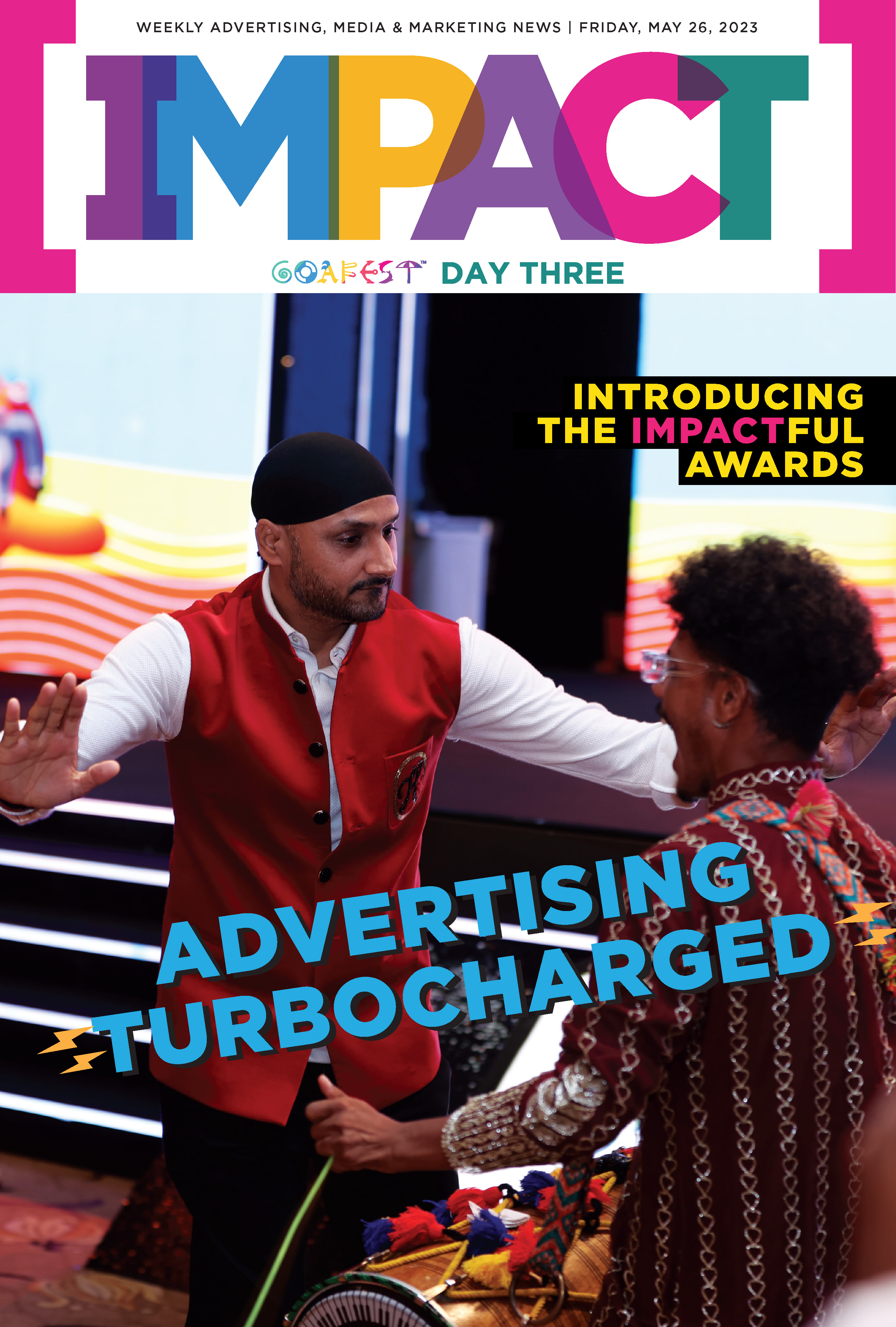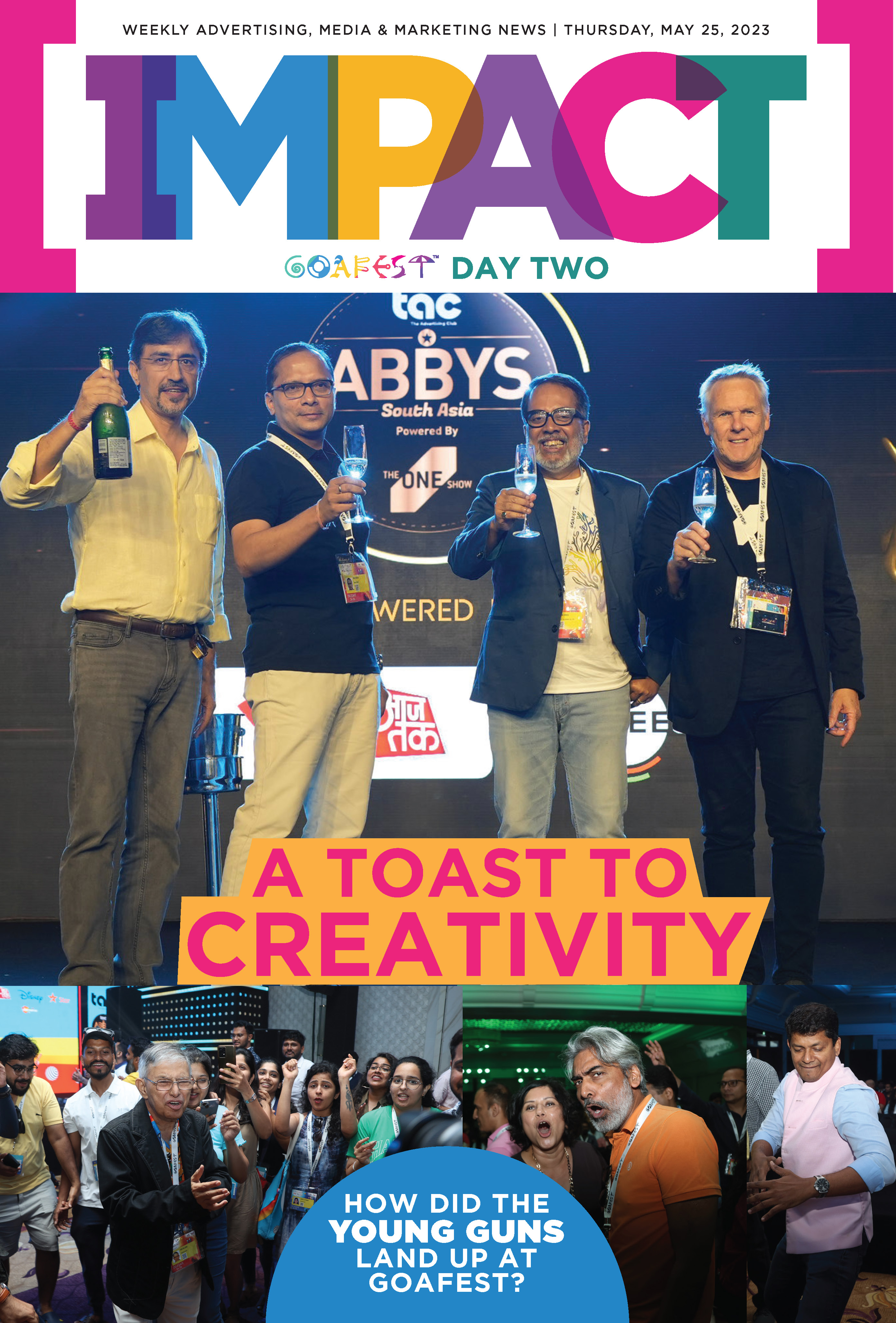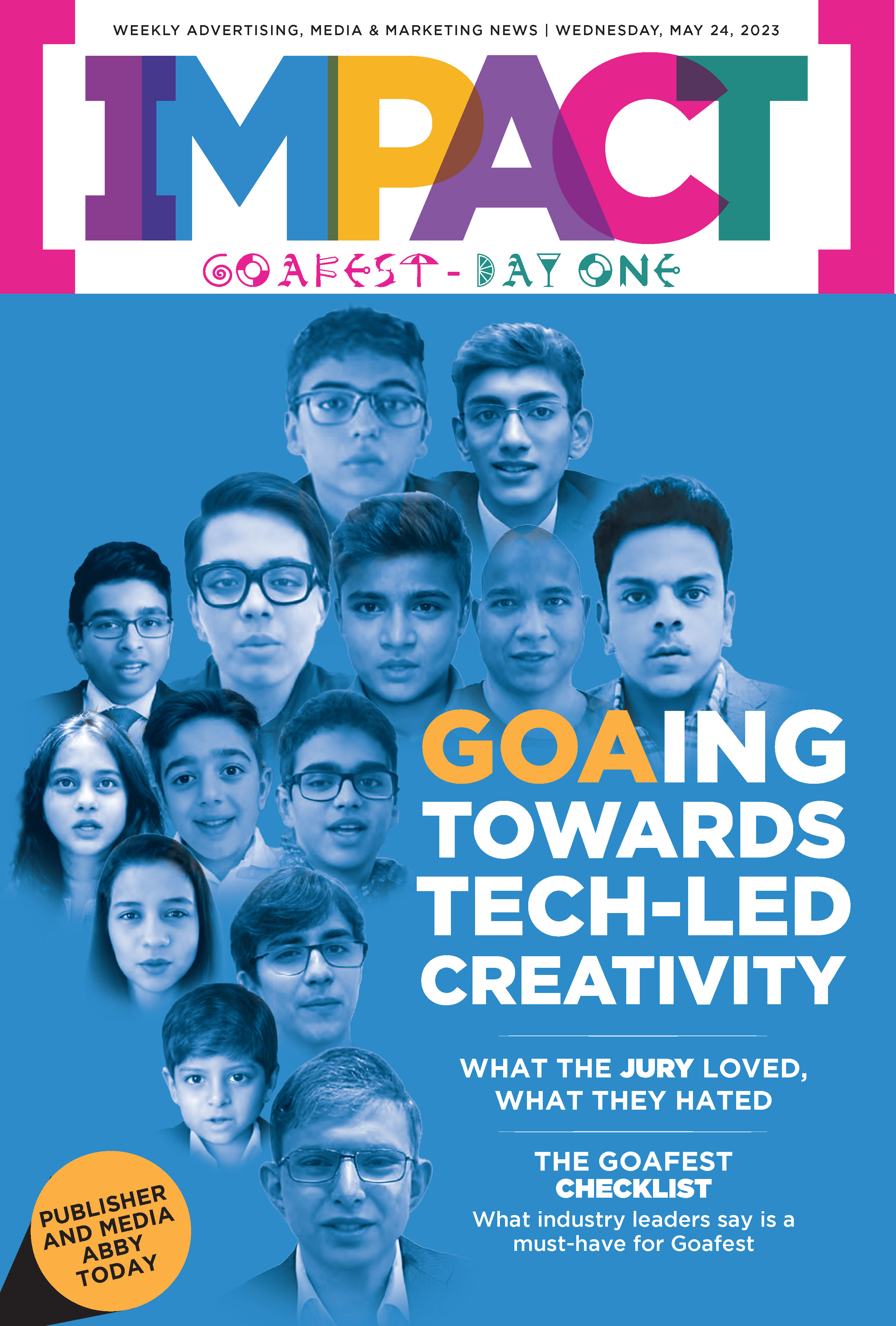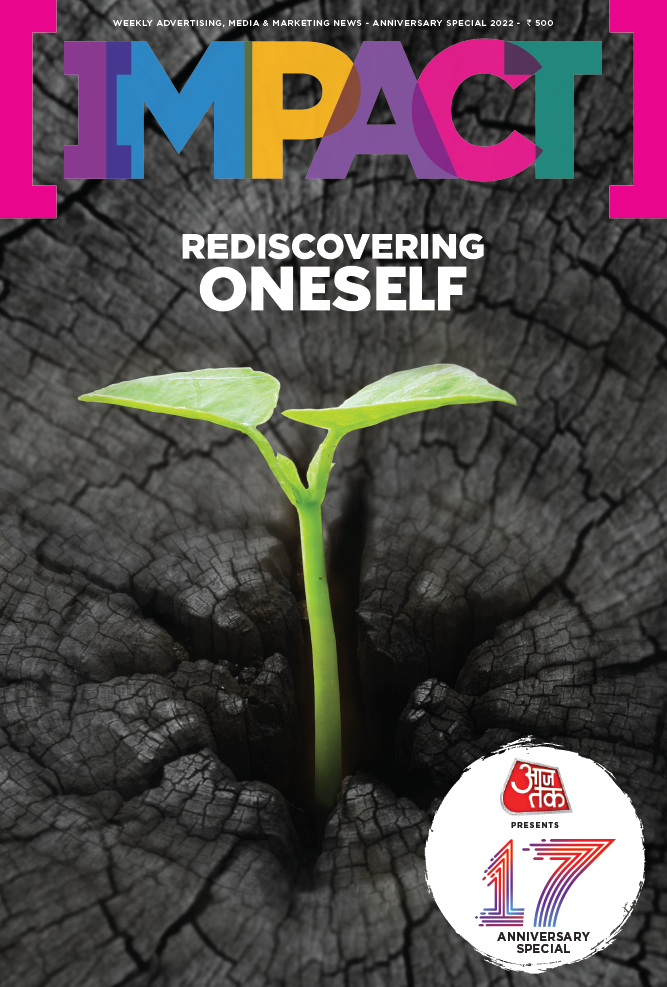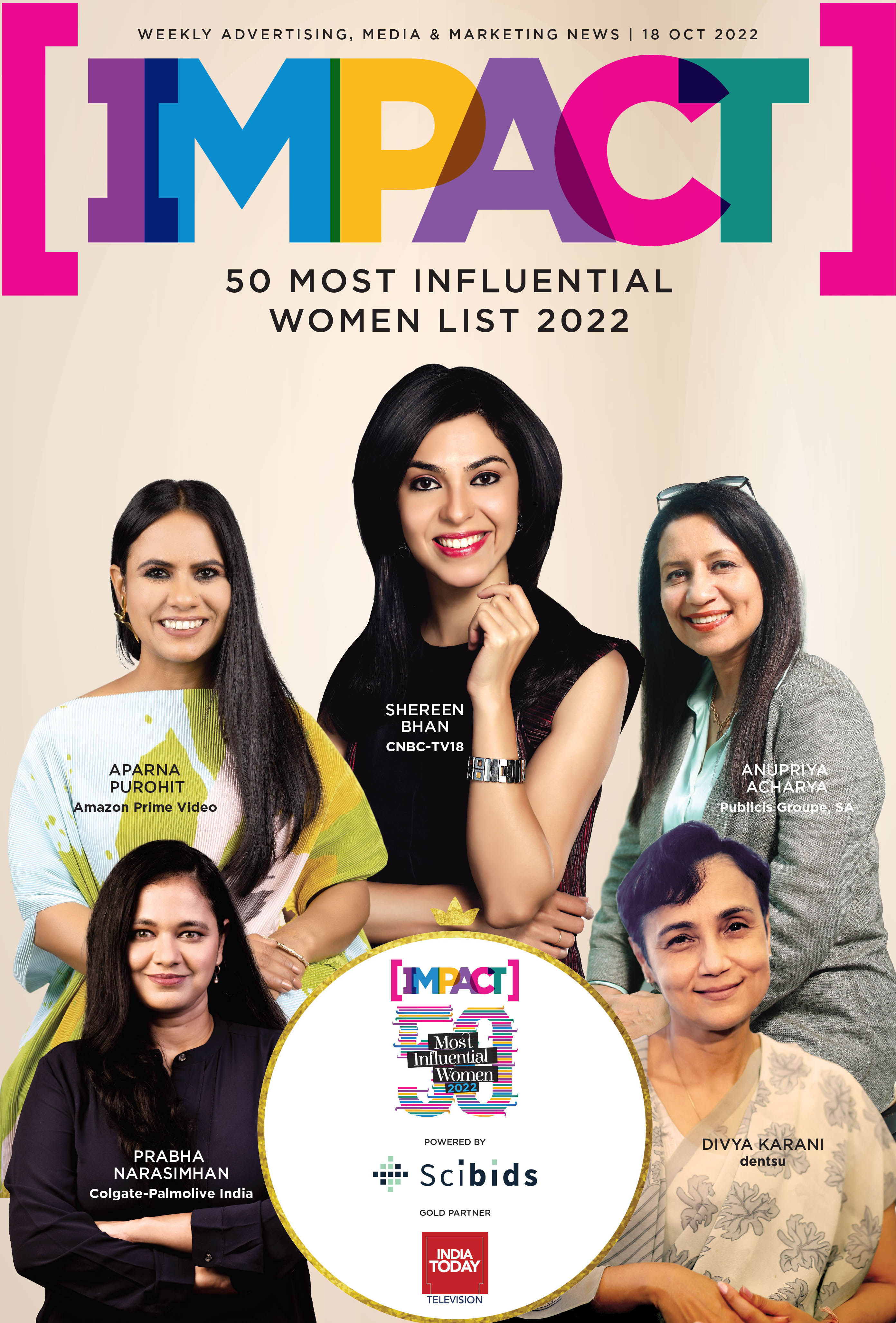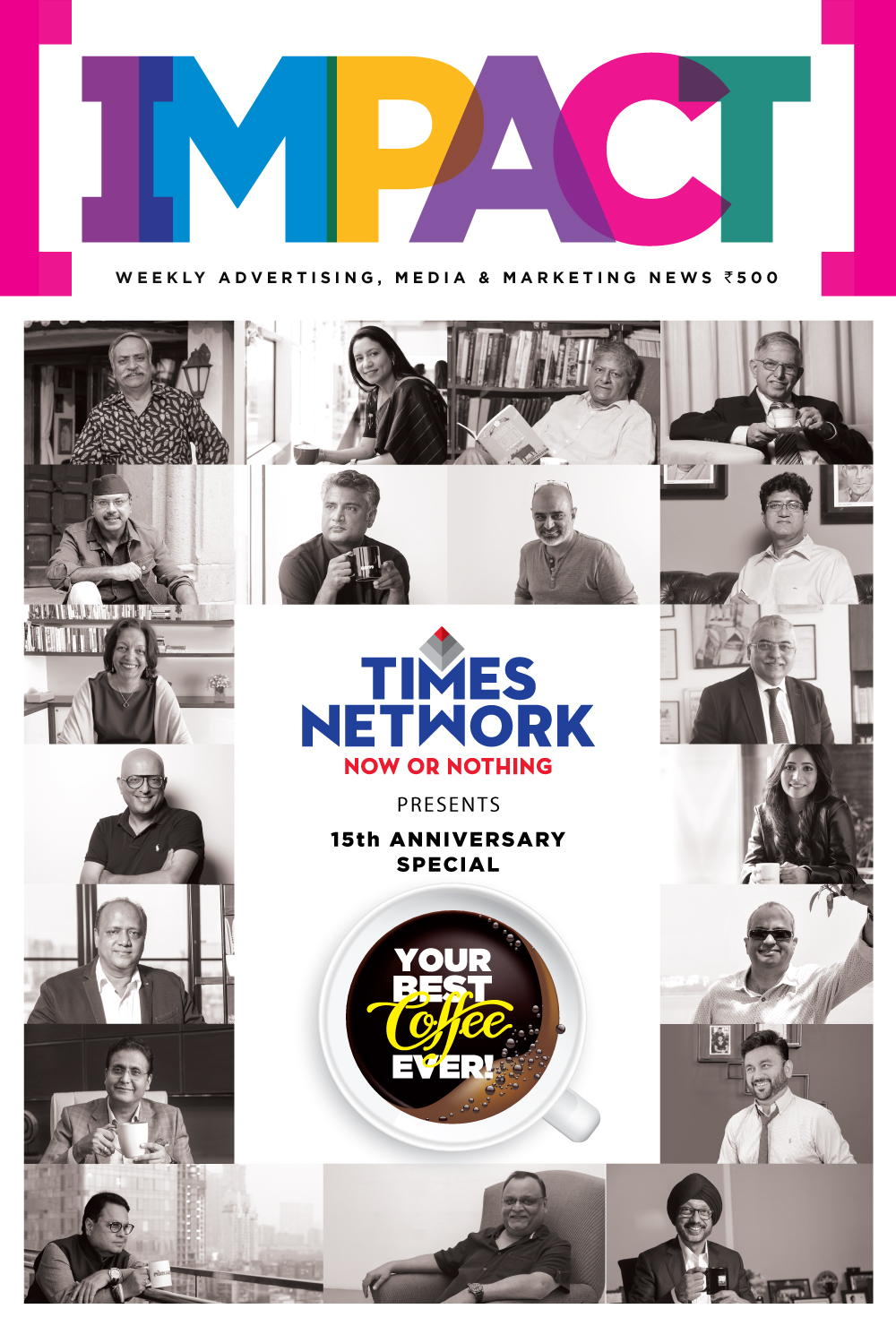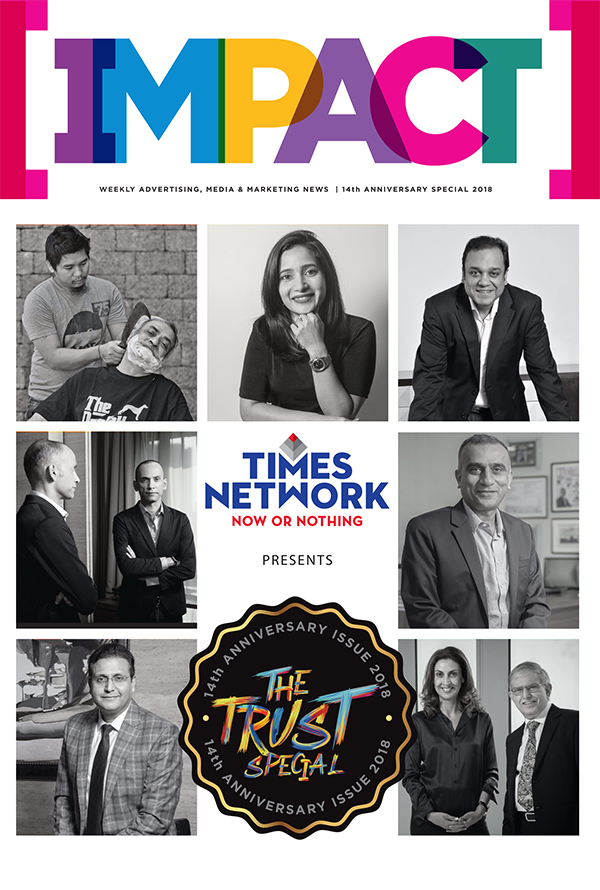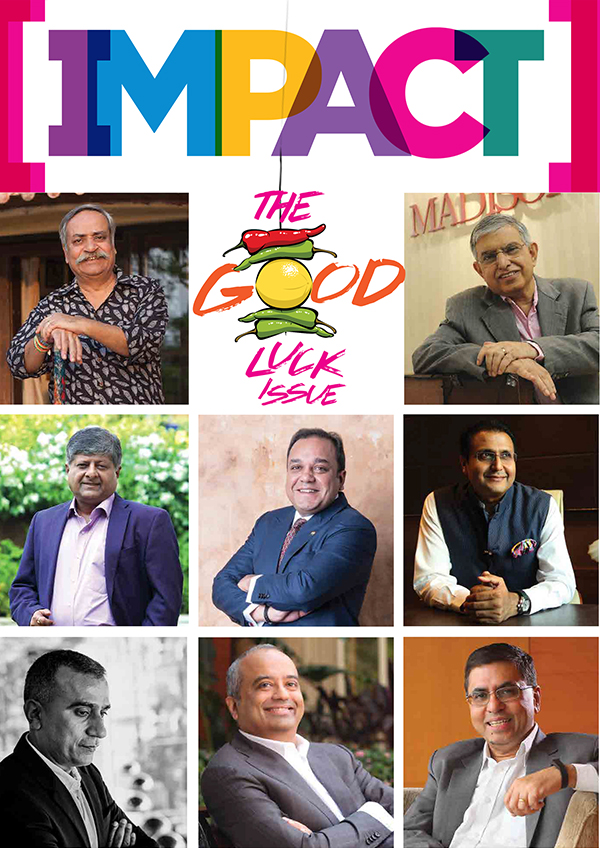Q] Tell us about the major revenue milestone Pulse Candy is poised to achieve, and how does it fit into the company’s overall long-term strategic direction?
Pulse candy recorded over Rs 750 crore at consumer price in the FY 2024-25 translating into 750 crore Pulse candies being sold in one year making it India’s largest distributed hard-boiled candy. Over the past three fiscal years, Pulse has registered an impressive Compound Annual Growth Rate (CAGR) of 15% against a CAGR of 9% in the hard-boiled candy segment industry. This consistent growth in revenue highlights the brand’s strong pull across both urban and rural markets, especially when the broader market dynamics have not been as buoyant. According to market data, Pulse candy currently holds a 19% market share in India’s hard-boiled candy segment.
It affirms our strategy of brand-led, consumer-centric growth. We’re focused on expanding our FMCG footprint, go deeper into India, scale relevant digital channels, to reinforce our Make in India for the world commitment.
Q] DS Group recently crossed the Rs10,000 crore revenue milestone. What were the key growth levers that helped the Group reach this scale?
The Rs10,000 crore milestone has been primarily driven by our Food & Beverage (F&B) segment, which contributes 42% to the total revenue, followed by the Mouth Freshener segment at 38%, Hospitality at 3%, and other businesses making up the rest with tobacco contributing less than 10%. We have witnessed a consistent upward trajectory with a CAGR of 16% over the past three years, achieved through organic growth, reinforcing our market leadership and commitment to expansion. The F&B segment alone has demonstrated a CAGR of 19% during this period.
Key growth drivers for us include: a robust infrastructure; strong presence in modern trade, e-commerce, and quick commerce; more than 50 manufacturing units, including contract manufacturing; over 150 super stockists and around 50 depots and C&Fs; over 5,000 distributors; direct reach to over 15 lakh retail shops; and indirect reach to over 35 lakh retail shops.
Q] What was the original consumer insight that sparked the creation of Pulse Candy, and how did you translate that into a blockbuster product?
Pulse’s success is the result of a well-aligned combination of consumer insight; product innovation; pricing strategy; distribution strength; emotional connect and nostalgia. Pulse was born out of a sharp consumer insight. Mango once captured 50% of the hard-boiled candy market, with raw mango accounting for 26% of the overall candy market, making it the dominant flavour profile within that segment. Pulse’s success stemmed from its raw mango flavour profile resonating with Indian palates and the signature tangy core delivering a layered sensation. Leveraging the nostalgic element of the raw mango, we transformed it into an innovative product. Pulse was born from a simple yet powerful insight, Indians love bold, layered flavours with an element of surprise. We saw a clear gap in the candy market for something that goes beyond just sweetness. That’s where the idea of Pulse came in a candy with a sweet outer layer and a tangy, spicy centre inspired by India’s love for ‘chatpata’ flavours.
Pulse targeted all age groups by blending traditional Indian flavours with a contemporary candy format, built on the premise: Why should kids have all the fun? Its deep understanding of local palates and unmet consumer needs helped redefine the segment and create a trendsetting cult brand. Clutter-breaking packaging, strong word-of-mouth, and the iconic ‘Pran Jaaye Par Pulse Na Jaaye’ positioning drove early traction. Flavour variants like Guava, Orange, Pineapple, and Litchi, along with innovations like ‘Shots’ in Kachcha Aam flavour, kept the brand fresh. With its unique taste and curiosity factor, Pulse became a `100 crore brand in just eight months, an exceptional feat in the FMCG space.
Q] Pulse is often cited as a case study in word-of-mouth virality. What were some deliberate marketing or distribution decisions that fuelled its cult following?
Pulse’s unique concept created strong consumer buzz early on, reducing the need for heavy advertising. As the brand grew, targeted ATL campaigns and on-ground activations like ‘Pulse Candy Day’, ‘Pulse Ka Pandal’, and ‘Pujoy Pulse’ boosted engagement and visibility—many becoming annual properties. Campaigns such as ‘Beat the Bean’ and ‘Raise the Pulse’ used gamified formats to drive interaction, while influencer and digital marketing helped connect with younger audiences. Pulse’s strength lay in consistent messaging, playful digital content, and leveraging its surprise factor across channels.
Q] India’s non-chocolate confectionery market is growing. What do you see as the next frontier in this space, and how is DS Group preparing for it?
The non-chocolate confectionery market in India is evolving beyond just taste, it’s about experience and novelty. We see the next frontier in three key areas: flavour innovation, multi-format functional offerings, appealing to value conscious consumers. Our focus remains on understanding consumer preferences deeply and staying ahead of the curve with products that not only satisfy cravings but create new ones.
Q] Your products reach over 15 lakh retailers directly and over 35 lakh indirectly. What are the challenges and opportunities in managing such a massive footprint across India?
Managing large sales teams, integrating technology into the infrastructure and distribution is a key challenge. The scale and diversity of our retail footprint from general trade (including Pan Plus and Grocery, etc) and modern trade, ecommerce and quick commerce brings both complexity and opportunity. Distribution is the backbone of any FMCG company and we have one of the largest distribution networks in the hard-boiled candy segment. The opportunity lies in this vast network itself, giving us the reach to introduce innovations, gather consumer insights at scale, and make our products accessible across India. It’s a balance of reach, quality, and consumer trust and that’s where DS Group’s legacy gives us an edge.
Q] Pulse’s early success came from deep retail penetration. In today’s omnichannel landscape, especially with quick commerce and e-grocery, how are you evolving your distribution playbook?
We leverage a strong network of over 35 lakh outlets across India, with traditional trade playing a key role, especially in semi-urban and rural areas. At the same time, we’ve built strong partnerships with modern trade and quick commerce platforms to stay in step with changing consumer habits. Our omnichannel approach ensures consistent visibility and accessibility for brands like Pulse, Pass Pass, and Rajnigandha kirana stores, large retailers, and digital platforms. While quick commerce and e-grocery are becoming vital for impulse categories like confectionery. However, we have seen demand for candy or impulse segment is currently less in comparison to other product categories.
Q] How do you balance heritage brands like Rajnigandha or Pass Pass with newer, disruptive innovations like Pulse or Ovino?
At DS Group, we see legacy and innovation as two sides of the same coin. Our iconic brands like Catch, Pulse, and Pass Pass are built on years of consumer trust but their relevance comes from constant reinvention. We understand the science of flavours and fragrances and consumer needs are at the core of all that we do at DS Group.
We invest in nurturing all our brands, legacy as well as new age while introducing disruptive formats, flavours, and experiences that keep them fresh. The success of Pulse, for instance, is a perfect example it disrupted the candy market while complementing our legacy in confectionery. Pulse is an experience, not just a candy, Pulse is a reflection of India’s culture and spirit! Indianness is cool today and our expertise lies in delivering that nostalgic, Indian taste and flavour to the consumer. It’s not about choosing between the two it’s about building a portfolio where legacy drives trust, and innovation drives excitement.













